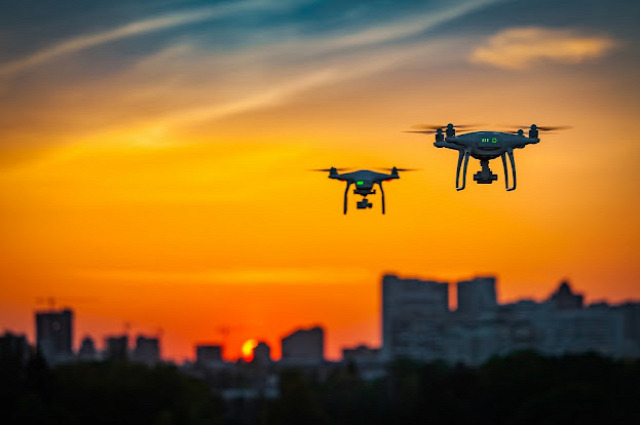
The Asia-Pacific region has emerged as a significant player in the global Unmanned Aerial Vehicle (UAV) market, driven by advancements in technology, increased defense spending, and a growing number of commercial applications. At the heart of these UAVs is their propulsion system, which is critical for performance, reliability, and operational efficiency. The UAV propulsion system market in the Asia-Pacific is experiencing rapid growth, characterized by innovative developments, strategic collaborations, and a burgeoning demand across various sectors.
According to BIS Research, The Asia Pacific UAV propulsion system market is estimated to reach 2157 million USD in 2033 from 1672 million USD in 2022, at a CAGR of 2.35% during the forecast period 2023-2033 in terms of value. The Asia-Pacific UAV propulsion system market is expanding at a remarkable pace. This growth is fueled by several factors, including the rising use of UAVs for military and defense applications, commercial activities such as agriculture, delivery services, and aerial photography, and the increasing investments in UAV technology by regional governments and private enterprises.
The propulsion systems used in UAVs can be broadly categorized into internal combustion engines, electric propulsion systems, and hybrid propulsion systems. Each of these has distinct advantages and limitations, influencing their adoption based on the specific requirements of different UAV applications.
APAC UAV Propulsion System Market
- Small UAVs
- Mini UAVs
- Micro UAVs
- Tactical UAVs
- Medium-Altitude Long-Endurance (MALE)
- High-Altitude Long-Endurance (HALE)
- Vertical Take-off and Landing (VTOL)
Key APAC UAV Propulsion System Market Drivers
-
Military and Defense Applications: The defense sector remains a primary driver for UAV propulsion systems in the Asia-Pacific region. Countries like China, India, Japan, and South Korea are investing heavily in advanced UAVs for surveillance, reconnaissance, and combat missions. These applications demand highly reliable and efficient propulsion systems capable of supporting long-duration flights and carrying substantial payloads.
-
Commercial Use Cases: The commercial sector is increasingly adopting UAVs for a variety of applications, including precision agriculture, infrastructure inspection, environmental monitoring, and logistics. Electric propulsion systems are particularly popular in this segment due to their lower operational costs and reduced environmental impact.
-
Technological Advancements: Continuous advancements in propulsion technology, such as the development of more efficient engines, lightweight materials, and advanced battery systems, are enhancing the performance and capabilities of UAVs. Innovations like hybrid propulsion systems, which combine the benefits of electric and internal combustion engines, are also gaining traction.
Request A Free Detailed Sample on APAC UAV Propulsion System Market!
Challenges and Opportunities
While the market is growing, it also faces several challenges. These include regulatory hurdles, the need for standardization, and the high cost of advanced propulsion systems. However, these challenges present opportunities for innovation, particularly in the development of cost-effective, efficient, and environmentally friendly propulsion solutions.
Future Prospects
The future of the UAV propulsion system market in the Asia-Pacific region looks promising. With continued investments in R&D, supportive government policies, and increasing adoption across various sectors, the market is set to witness significant advancements. Emerging trends such as the integration of artificial intelligence (AI) for optimized propulsion management and the use of alternative fuels could further transform the market landscape.
Access Now: Get A Detailed Insights on Aircraft and Drones Market Research Report
Conclusion:
The Asia-Pacific UAV propulsion system market is an exciting and dynamic sector, driven by a diverse range of applications and fueled by continuous innovation. As UAV technology continues to mature, the propulsion system market is set to play a pivotal role in shaping the future of unmanned aviation in the region.
Whether you're a manufacturer, investor, or enthusiast, keeping an eye on the Asia-Pacific UAV propulsion system market promises to be a rewarding journey as it unfolds in the years to come. The sky is not the limit; it's just the beginning.





